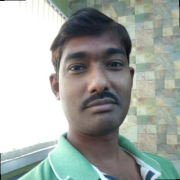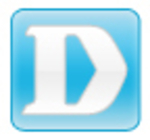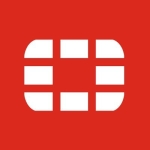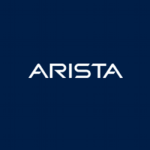What is our primary use case?
We use this solution for our university campus network.
What is most valuable?
The most valuable feature of this solution is the stability.
The solution is simple to configure.
The layer-2 switching is very fast.
What needs improvement?
We would like to have the option of two power supplies on these switches. It is important for us because these switches are installed in our data center and critical departments. These units have to be available all of the time.
I would like to see this solution automatically store multiple versions of the configuration file. For example, Juniper switches will save forty versions of the configuration, while Cisco will only store one. If you want to keep more than one then you need to make it manually. If you need to restore it then you will have to use the saved file to do that manually, as well. In the large switches, they do keep one primary image and the backup image, which is good, but it is not like Juniper. I can roll back to any version within the last forty that have been committed. It's a very, very nice feature that I would like to see in Cisco equipment.
For how long have I used the solution?
I have been using this solution for twenty years.
What do I think about the stability of the solution?
This is a very stable solution. You install it and then you don't have to touch it for many years.
What do I think about the scalability of the solution?
At this level, the edge, we are not concerned with scalability. We will be able to update the edge using the new uplink port module if we need to.
The core switches are scalable. You can add another slot of forty-eight ports with 10-gigabit each.
On the university campus, we have approximately thirty thousand users. These are not concurrent connections. We have more than twenty thousand students, about six thousand employees, and there are guests. I can say that more than twenty thousand connections may be active at one time.
We have about one thousand switches, and we have four people in charge of maintenance. They do the installation, repairs, and all of the other tasks in the data center. Three are technicians and one is a manager.
How are customer service and technical support?
We work with our vendor, who in turns works with the Cisco support. There are times, however, when we need to get support directly from Cisco as well.
We are satisfied with both the local vendor support and support from Cisco. When we have problems, they put the effort into it until the problem is solved.
We had a problem with the structure of the switches in the core. We weren't sure what the problem was, but we were helped at every step of the process. Cisco was in contact with us every day until the problem was solved. We are very satisfied with the support.
Which solution did I use previously and why did I switch?
I have experience with Juniper LAN switches, but that was with a previous company.
The university campus had bought Juniper switches about six years ago, but they are moving completely to Cisco equipment. Cisco is more expensive than Juniper by perhaps double. The price is higher because they are more stable.
We still have about one hundred Juniper switches out of our one thousand in total.
How was the initial setup?
The initial setup of this solution is very simple.
You can copy the image to the switch using FTP and run a command to install it. The process is very simple and we always upgrade our switches without any problems.
What's my experience with pricing, setup cost, and licensing?
This is an expensive solution, but you are paying for stability.
Which other solutions did I evaluate?
We evaluated Meraki switches but they were not suitable for the university campus.
What other advice do I have?
We are looking forward to the 10-gigabit uplink port, which is an improvement that we have waited for. We expect to have this new module in one or two months.
Cisco has a family of Small Business Switches called SG. For example, the SG300 model. This is a cheaper model, and although they are missing some protocols, they are very good. Out of our one thousand switches, we have about one hundred SG models. The price of these is lower than Juniper switches.
I surely recommend this product, and the new Cisco line seems to be even stronger. There are improvements in terms of new modules and power supplies, and the price is not increasing.
I would rate this solution a nine out of ten.
Disclosure: My company does not have a business relationship with this vendor other than being a customer.




















In my opinion all network device manufacturers should include provision for 2 input power for redundancy.